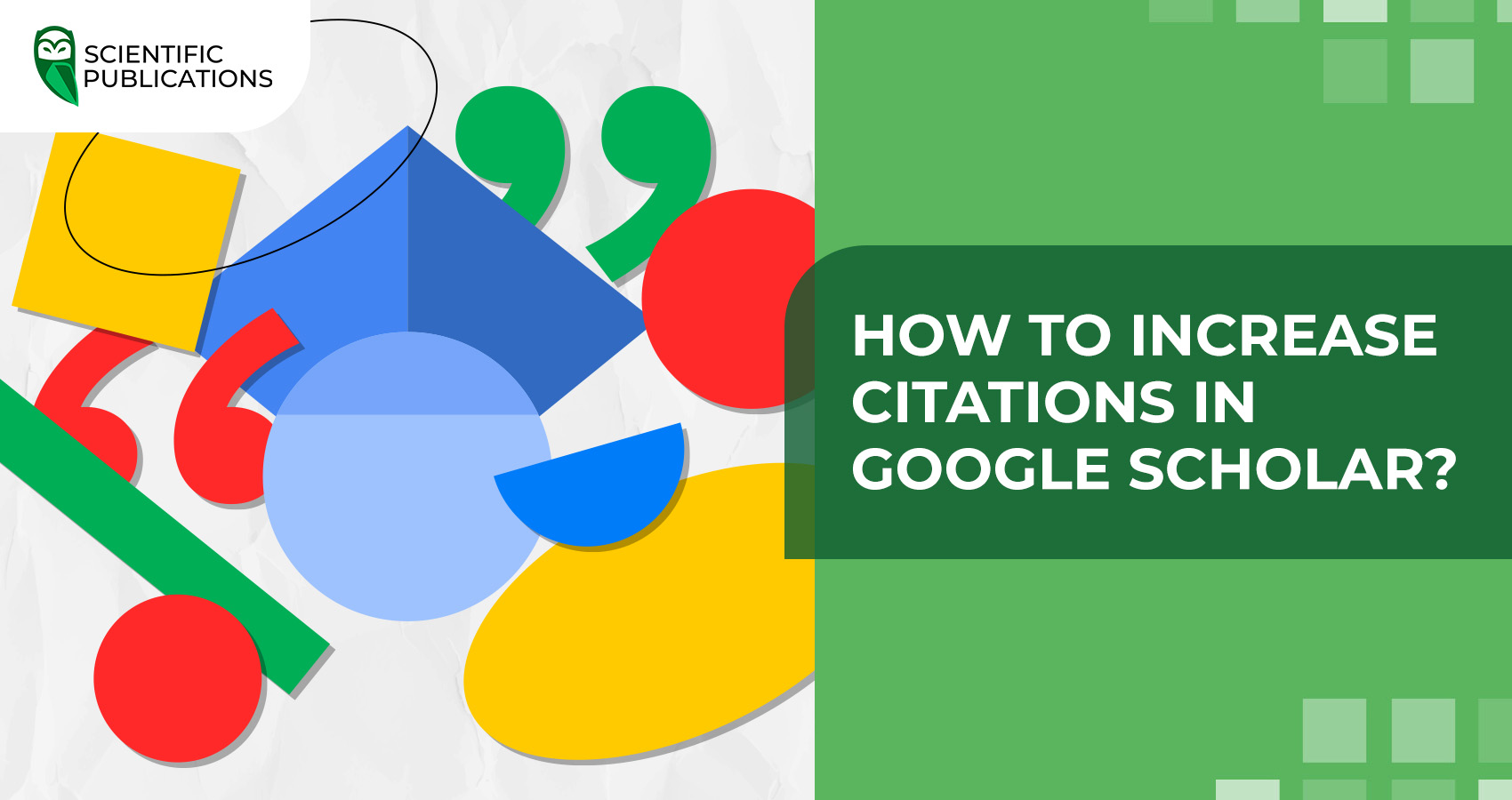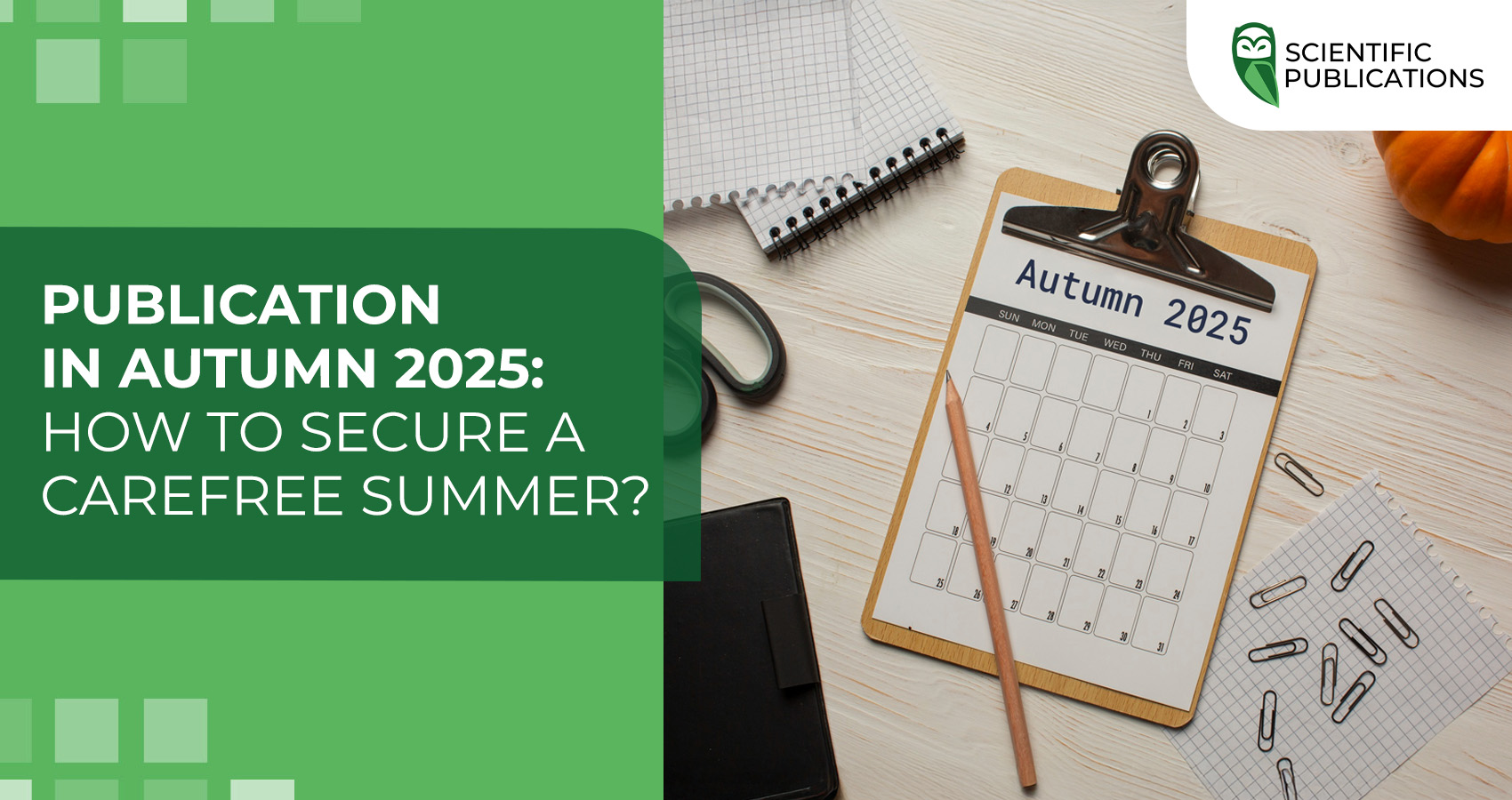In today's scientific environment, the number of citations is an important indicator of a researcher's influence, the relevance of their work and their overall recognition in the academic community. Google Scholar is one of the most popular tools for monitoring scientific activity, which is why the question of how to increase citations in this system is extremely relevant.

Citing a scientific article
A high level of citations of scientific works plays an important role in the professional growth of a researcher. Firstly, it contributes to career development, as universities and scientific institutions take these indicators into account when considering candidates for grants, scholarships, or positions. Secondly, a high citation rate confirms the researcher's authority in the scientific community. That is why many authors are interested in increasing the citation rate of their articles.
How to increase the citation of a scientific article?
Author profile in Google Scholar
Increasing citations in Google Scholar is possible thanks to a systematic approach to scientific activity and the dissemination of research results. Start by creating a clear and concise author profile that lists all your publications, current contact details, and a description of your research interests.
It is important to update your profile regularly to keep it active and attractive to other users. The system links the author's name to all of their indexed articles, forming a complete author profile that is updated with each new publication. Although the system automatically adds materials published by the author, errors often occur. Due to the presence of scientists with the same names and surnames, there is a possibility that the system may mistakenly attribute authorship to someone else's work.
Choosing a topic for a scientific article
Choosing a topic for a scientific article is very important, as it determines the interest of readers and further citation of the work. It is recommended to choose relevant topics that correspond to current scientific trends and are of interest to researchers. It is desirable that the topic be interesting not only to narrow specialists, but also to a wider circle of scientists — this will help make your article more visible and useful to others.
Choosing a scientific journal
Publishing in the right scientific journal is a strategically significant step that affects the visibility, value, and authority of scientific research. When choosing a publication, it is important to consider its thematic relevance: publishing in a specialised journal increases the likelihood that your work will be read and cited by the target audience.
An important criterion is indexing in international scientometric databases, as this indicates the journal's recognition in the scientific community and contributes to the growth of the author's scientific indicators. Choose open access journals. Thanks to free access to articles, they can be read, used and cited by scientists from all over the world without restrictions.
Metadata of a scientific article
Metadata is an important part of a scientific publication, as it largely determines its visibility in databases and influences the subsequent citation rate. The metadata of a scientific article includes the title, abstract and keywords. In today's scientific environment, metadata also serves as a kind of marketing tool: among numerous articles, researchers most often choose those in which these elements are clearly and meaningfully formulated. Correct metadata formatting increases the likelihood that the article will be found by other scientists, which contributes to its dissemination and citation.
Regular publication of scientific articles
Regular publication of scientific works is an important factor for the successful development of an academic career. It demonstrates consistency in research activity, increases the author's recognition among colleagues, and contributes to the formation of their professional reputation. Constantly updating your profile with new articles increases the number of views and citations, and also generates greater interest in your research from the scientific community.
In addition, search algorithms such as Google Scholar give preference to active profiles, displaying their publications more typically in search results and recommendations. Therefore, the regularity of new publications directly affects their visibility and citation rate.
Co-authored scientific articles
Collaboration and co-authorship significantly increase a researcher's scientific recognition, as the results of joint work are disseminated by each of the co-authors in their professional circles, among colleagues, in institutions and through scientific platforms. Co-authored articles usually have higher scientific value, broader impact and a greater chance of being cited, which contributes to the growth of the author's citation indices. Collaboration with foreign colleagues or representatives of leading scientific institutions is particularly valuable, as it enhances the authority and visibility of the scientist.
Mutual citation
Mutual citation helps increase the visibility and impact of your scientific work. If someone references your article, it is worth paying attention to this – you can familiarise yourself with this work, mention it in your next article, or contact the author. This shows your interest in the topic, helps establish new scientific contacts, and may lead to joint publications in the future. This approach contributes to an increase in the number of citations.
Want to increase your citations in Google Scholar? Contact Scientific Publications! With us, you are guaranteed to see an organic increase in your citation metrics. Get a free consultation with our manager by filling out the form below. Together to new heights!





